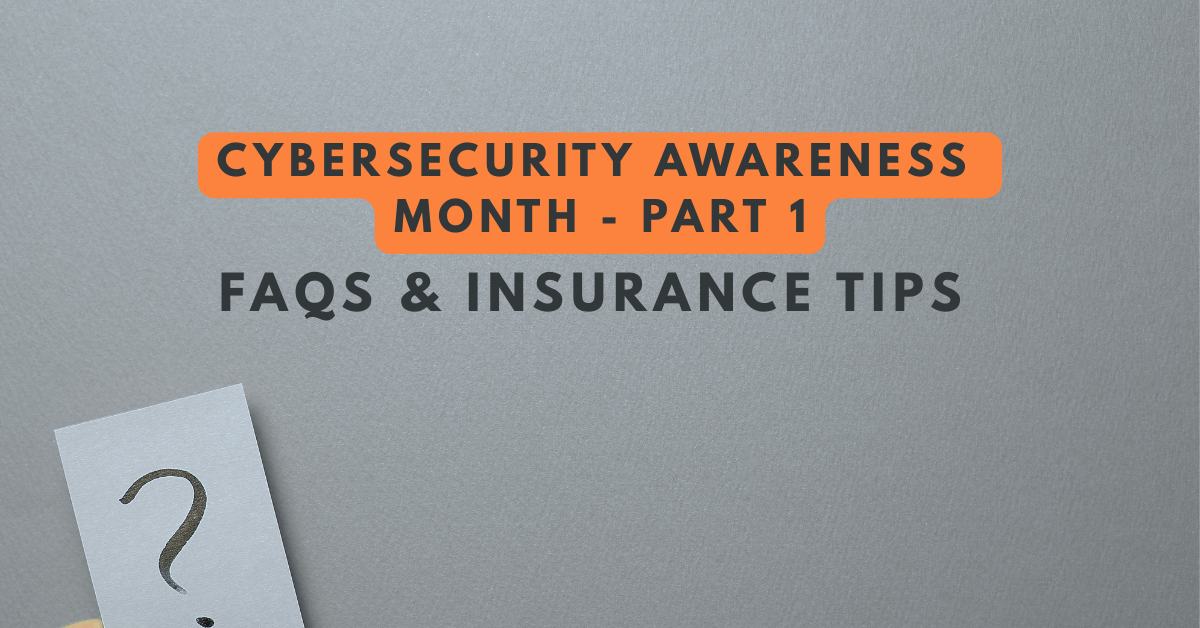Sub-contractor Forms and Endorsements to Know
See How We're Different
or call us: (858) 384‑1506
If we could give one piece of advice to general contractors, it would be:
Read all forms relating to the use of subcontractors or independent contractors in your general liability policy!
If you hire subcontractors, there will be language in your policy that dictates the steps you must take to ensure protection by your liability insurer.
Here are some examples of this kind of language to look for in your schedule of forms and endorsements:
-Subcontractor Warranty
-Subcontractor and Independent Contractor Conditional Amendment of Deductible
-Independent Contractor/Subcontractor Conditions Precedent
-Uninsured Contractor or Subcontractor Deductible Amount
-Exclusion – Unlicensed Contractors
-Independent Contractors, and
-Subcontractors and Casual Workers of the Insured.
The definitions of these forms vary greatly, and some are far more lenient than others. Most forms aim to ensure that the general contractor collects proper risk transfers from subcontractors, including signed agreements with hold-harmless language and indemnification clauses.
While most of the forms above dictate the steps a general contractor should take to ensure their protection (and the insurer’s best interest), others can state what actions they will take if the general contractor hires an uninsured subcontractor. These actions would take place at the time of an inspection, audit, or claim.
How can our agency help general contractors?
1. We ensure our clients know the policy contract and how to protect themselves best. Again, reading and understanding the language is the first step.
2. We also assist our clients with creating proper subcontractor agreements that are acceptable to the insurance companies.
3. Finally, we offer a done-for-you subcontractor compliance service that tracks contracts, certificates, and additional insureds. Our clients do not need to worry about retaining and renewing these critical documents, thus remaining compliant and protected.
Click HERE to connect with one of our friendly associates.







